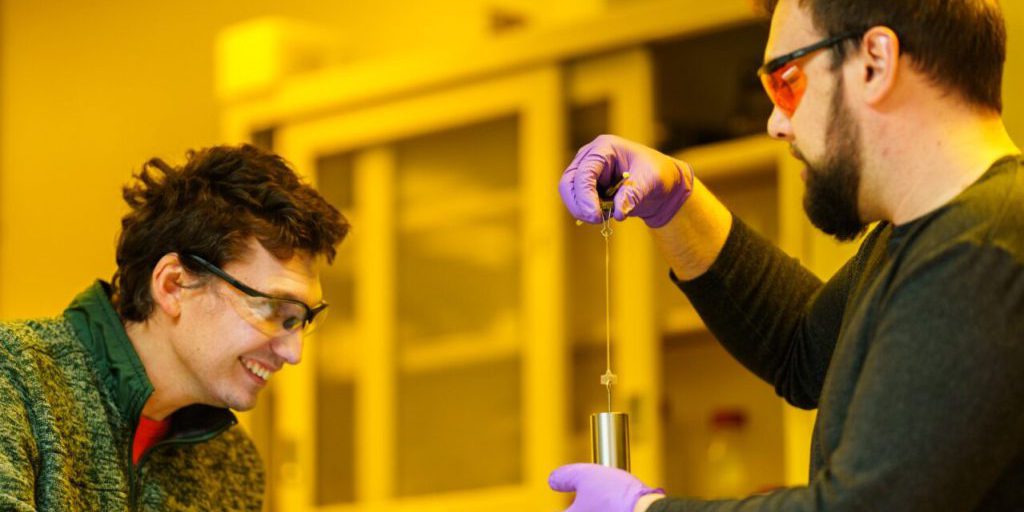ALBUQUERQUE, N.M. —3D printing has changed the world.
It’s allowed the aerospace, medical, automotive, manufacturing, and many other industries to customize parts and prototypes in ways they never could before. It has drastically increased flexibility and cost-effectiveness while reducing waste and production time. But many 3D-printed materials aren’t the strongest.
A team of chemists and materials scientists at Sandia National Laboratories hopes to change that.
They’ve developed a new printing process that prints stronger nonmetallic materials in record time, five times faster than traditional 3D printing.


